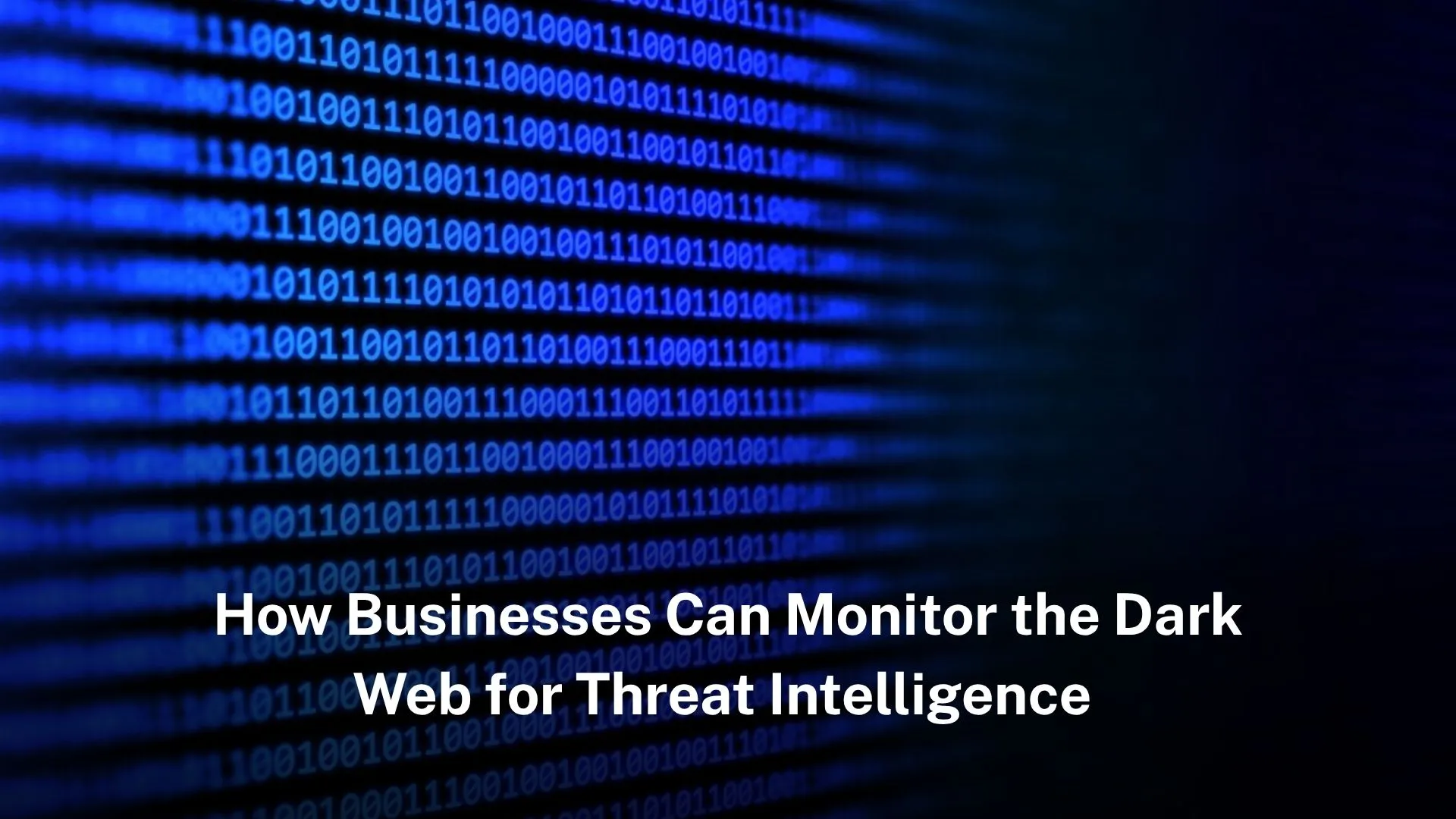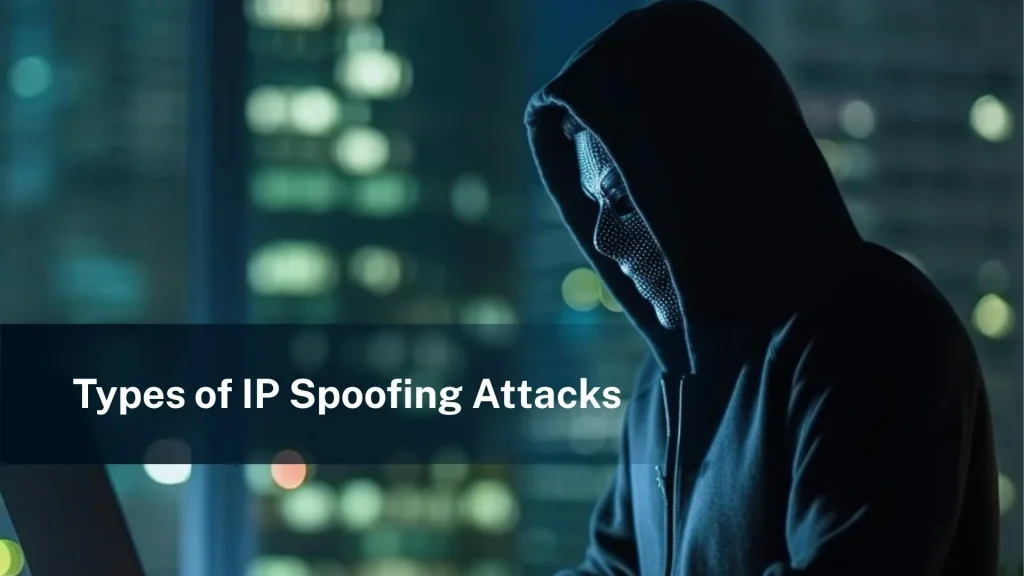Proactive Protection: Dark web monitoring enables businesses to detect stolen data and emerging threats before they escalate into breaches.
Table of Contents hideActionable Insights: Advanced tools provide real-time alerts and customised reports to strengthen cybersecurity and ensure regulatory compliance.
Introduction to dark web monitoring
Cybercriminals are increasingly leveraging the dark web to purchase, sell, and distribute stolen data, compromised login credentials, and sophisticated hacking tools. cyber dangers are become more dynamic and complicated in today’s quickly changing digital environment. The trafficking of private company data is one of the illegal acts that take place on the dark web, a hidden section of the internet that can only be accessed with specialised software like Tor. Businesses that neglect to keep an eye on this hidden ecology run the risk of undiscovered data breaches, large financial losses, and serious harm to their brand. Therefore, it is now essential for any company looking to proactively protect against new threats to include dark web monitoring in a comprehensive cybersecurity plan.
This article examines the advantages of proactive threat intelligence, the tools and services that are available, and how companies can efficiently monitor the dark web. Using information from reliable sources and cybersecurity specialists, we’ll lay out doable measures to protect your company from new online dangers.
Why dark web monitoring matters
The dark web has marketplaces, forums, and chat platforms. Cybercriminals use these places to stay anonymous. These sites are full of illegal activity. Stolen credentials, company secrets, and customer data are often sold here. Many times, this happens before companies know they were hacked. A 2025 report by Bitsight says ransomware attacks went up by 25%. Billions of usernames and passwords were stolen. This shows how important it is to watch what is happening on the dark web.
Kurt Baker is a Senior Director at CrowdStrike. He says dark web monitoring looks at the dark web all the time and finds raw information almost right away. It checks millions of websites. It looks for things like company emails or business names. This helps companies know if there is danger early. It works like a warning sign in a dangerous place.
When companies monitor the dark web, they can find stolen data. They can also see if someone is planning an attack. Then they can act fast to lower the danger. This matters a lot for companies in finance, healthcare, and tech. These companies work with private information. One breach can lead to big fines and damage trust.
How businesses can monitor the dark web for threat intelligence
To monitor the dark web, businesses need good tools, skilled people, and strong links with their current security systems. Below are the main steps businesses can follow to do this well.
Choosing the dark web monitoring tools
Dark web monitoring tools scan hidden parts of the internet. These tools look at forums, marketplaces, and other secret websites to find stolen data or signs of danger. They use crawlers, machine learning, and language tools to study a lot of data. SentinelOne says top tools give alerts in real time, cover many sources, and use smart systems to find strange activity.
When picking a tool, businesses should check:
Coverage: The tool should scan many places like Tor sites, I2P, ZeroNet, Telegram, and paste sites.
Ease of Use: It should have a clear dashboard and simple reports that people can understand easily, as shown by SentinelOne.
Integration: The tool should work well with the company’s current security systems like SIEM or EDR.
Leveraging expert-led services
Even though tools are useful, people are still needed to understand the full picture. Fortra’s PhishLabs uses both machines and people to connect the dots and watch threats closely. ZeroFox’s DarkOps team joins dark web groups to give early warnings about danger.
“It is hard and risky to look at the dark web alone,” says a report by Flare. “Using a dark web service helps companies stay safe without going there themselves.”
Businesses should pick service providers who have done well in the past, protect data well, and give fast help. Reading reviews and asking for a demo, as Expert Insights suggests, can help check if the service is good.
Integrating with existing security infrastructure
Effective dark web monitoring requires seamless integration with a company’s broader cybersecurity framework. Tools like SOCRadar and Recorded Future offer APIs and integrations with SIEM, SOAR (Security Orchestration, Automation, and Response), and ticketing systems, enabling businesses to streamline threat response.
Customisation is critical for effective dark web monitoring. Businesses should configure alerts to focus on specific data types, such as employee credentials or proprietary information, and set thresholds based on their risk profile. Kroll emphasises the importance of tailored alerts, stating, “Your chosen dark web monitoring service should provide customisable alerts and thresholds to meet your specific business needs.”Customised reports also allow businesses to track metrics like the number of threats detected, types of compromised data, and geographic locations of threat actors, as noted in a uSecure blog.
Benefits of dark web monitoring for businesses
Dark web monitoring offers several advantages that enhance a business’s cybersecurity posture and operational resilience.
Early threat detection: Early identification of compromised data is the main advantage of dark web surveillance. Businesses can take preventative action, like changing passwords or fixing vulnerabilities, by detecting stolen credentials or intellectual property before they are used against them. According to SOCRadar, their Advanced Dark Web Monitoring analyses forums and markets to deliver real-time alerts, allowing companies to stop risks before they become more serious.
Protecting reputation and customer trust: A data breach can severely damage a company’s reputation, leading to lost business and diminished customer trust. Dark web monitoring helps businesses act swiftly to contain breaches, demonstrating a commitment to cybersecurity. “Businesses that are victims of a data breach not only suffer financially but can also lose their customers’ trust,” says a Flare report. “By identifying threats early, you can take action to mitigate the impact and maintain your reputation.”
Ensuring regulatory compliance: Industries like healthcare and finance are subject to strict regulations, such as GDPR and HIPAA. Dark web monitoring helps businesses stay compliant by identifying exposed data that could lead to regulatory violations. SentinelOne notes that early detection can prevent costly fines and legal actions, reinforcing the importance of continuous monitoring.
Mitigating financial losses: Significant financial consequences, such as lost revenue, legal bills, and regulatory fines, can arise from data breaches. Dark web monitoring lessens the extent and severity of attacks by identifying risks early. Bitsight claims that by helping organisations concentrate repair efforts, dark web intelligence reduces financial harm and saves resources.
Challenges of dark web monitoring: While dark web monitoring is invaluable, it comes with challenges that businesses must address to maximise its effectiveness.
Complexity of data analysis: The dark web’s anonymity and vastness make data analysis complex. Sifting through millions of data points requires advanced tools and expertise. Cyble addresses this by using machine learning and NLP to identify relevant threats, but smaller businesses may struggle with resource constraints.
Need for specialised expertise: Navigating the dark web safely requires technical knowledge and experience. Manual monitoring is risky and time-consuming, as noted by Flare. Businesses without in-house expertise should rely on reputable vendors to avoid exposure to malware or other threats.
Resource constraints: Small and medium-sized enterprises (SMEs) may find dark web monitoring resource-intensive. However, platforms like CYRISMA offer cost-effective solutions tailored for smaller businesses, integrating dark web monitoring with compliance-focused tools.
Best practices for effective dark web monitoring
To optimise dark web monitoring, businesses should adopt the following best practices:
– Regular Monitoring: Conduct continuous scans to stay ahead of emerging threats, as recommended by Cyble.
– Strong Password Policies: Update passwords regularly and enforce multi-factor authentication to reduce the risk of credential theft, as advised by Cybersecurity Awareness.
– Employee Training: Educate staff on cybersecurity best practices to prevent human errors, which account for 95% of breaches, according to IBM’s Cyber Security Intelligence Index.
– Vendor Vetting: Choose vendors with a proven track record, responsive support, and robust security measures, as suggested by Expert Insights.
Case studies: Dark web monitoring in action
A global financial institution detect compromised employee credentials on a dark web marketplace. The real-time alert enabled the company to reset passwords and prevent unauthorised access, avoiding a potential multimillion-pound breach. A healthcare provider partnered with Fortra’s PhishLabs to monitor patient data on the dark web. The service identified stolen records being sold on a Tor forum, allowing the provider to notify affected patients and comply with HIPAA regulations. This swift response minimised reputational damage and regulatory penalties.
The future of dark web monitoring
Monitoring of the dark web will advance in sophistication as cyber dangers change. While integration with cutting-edge technologies like blockchain could improve data security, advances in AI and machine learning will increase the accuracy of threat detection. Broader monitoring capabilities are required as a result of the continued growth of platforms such as Telegram as centres of cybercriminal activity, according to Recorded Future.
“While retail and pharma benefit from monitoring brand spoofing and phishing attacks, industries like government and finance need intelligence on threat actors and evolving attack vectors,” writes Mitchell Schneider, a Gartner analyst, in an article published on CSO Online. This demonstrates the necessity of customised solutions to meet the various demands of the sector.
Conclusion
For companies seeking for ways to protect their data, reputation, and profitability, maintaining an eye out for threat intelligence on the dark web is essential. Organisations might recognise and mitigate risks before they have a major impact by applying cutting-edge tools, expert-led services, and flowing integrations. Investing in strong monitoring systems will guarantee that organisations keep ahead of the constantly changing cybersecurity landscape as hackers continue to take advantage of the dark web.










Leave a Reply